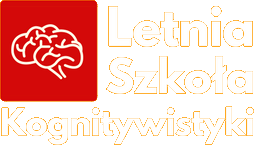Scaffolds of Cognitive Evolution: From Ancient Artifacts to Modern Computers
Hajo Greif
The earliest intentional markings created by human beings date back up to 500,000 years (see Mania and Mania 1988, Joordens et al. 2015). These markings apparently did not serve instrumental, tool-like functions, nor do they appear to be forms of figurative art. Instead, they display abstract geometric patterns that potentially testify to an emerging ability of symbol use.
In my talk, I pursue two related goals. First, in a variation on Ian Hacking’s (1981) speculative account of the possible role of “likeness-making” in the evolution of human cognition and language, I explore the central role that the embodied processes of making and the collective practices of using such artefacts might have played in early human cognitive evolution. These artefacts might have acted as material scaffolds in the emergence of symbolic reference-making. I argue that representational or practical functions were likely secondary to mimesis and imitation in social interactions (see Donald 1991 and Tomasello 1999 respectively).
Second, I will explore the extent to which and the ways in which the use and function of modern information and communication technologies might still bear marks of these origins. Representation and the provision of information might still only provide partial explanations of the functions of modern artefacts in human populations. If the analysis of the early human artefacts is to the point, and if the mimetic and imitation-based modes of using and referring to them partly survived into the modern human condition, embodied collective interactions with and through the respective artefacts will be more central.
